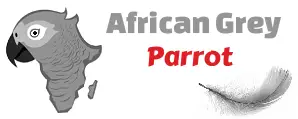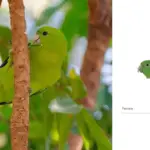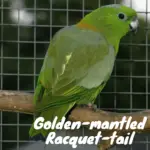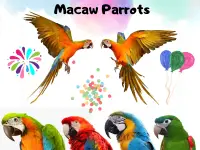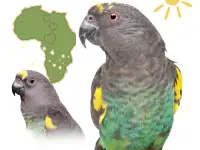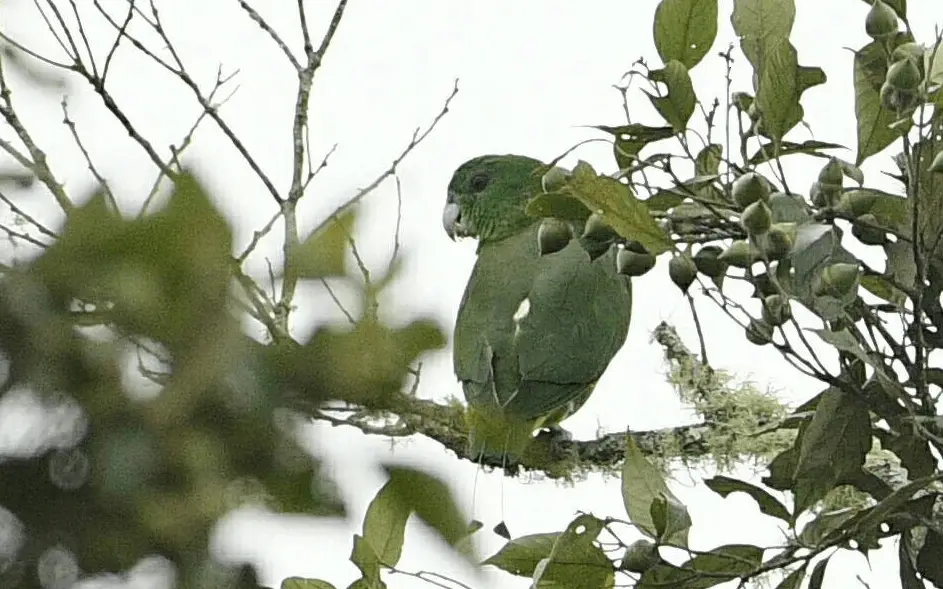
Prioniturus waterstradti Scientific name definitions
- NT Near Threatened
- Names (14)
- Monotypic
Mindanao Racquet-tail 27 cm. Similar to P. montanus but with less extensive blue on face and no red patch on crown, brown tinge to mantle and back. Mindanao Racquet-tail Female similar. Immature lacks spatules.
Systematics History
Editor’s Note: This article requires further editing work to merge existing content into the appropriate Subspecies sections. Please bear with us while this update takes place.
Part of the P. platenae clade (see that species). Often considered conspecific with P. montanus, but case recently made for species status . Two subspecies recognized.
Subspecies
Monotypic.
Distribution
Mountains of Mindanao (SE Philippines).
Habitat
Dense montane forest, ridgetop forest, and (at higher elevations) stunted mossy forest; 820–2700 m, and generally above 1000 m.
Movement
Considerable vertical movements reputedly take place each day, but no other kind appears to have been reported.
Sounds and Vocal Behavior
Not well documented. Mindanao Racquet-tail Calls include a dry grating screech “krreeh” when flying off, a chirruping double-noted “chee-rup” and also low-pitched nasal squabbles.
Conservation Status
Not globally threatened. Currently considered Near Threatened, and previously, Vulnerable. CITES II. A BirdLife “restricted-range” species.
The Mindanao Racquet-tail species was abundant in the first half of this century but had become local and uncommon, apparently occurring at a lower density than some of its congeners, by the early 1990s.
However, in Mt Katanglad National Park it remains fairly common on Mts Imbayao, Nangkabulos and Dulang-dulang.
